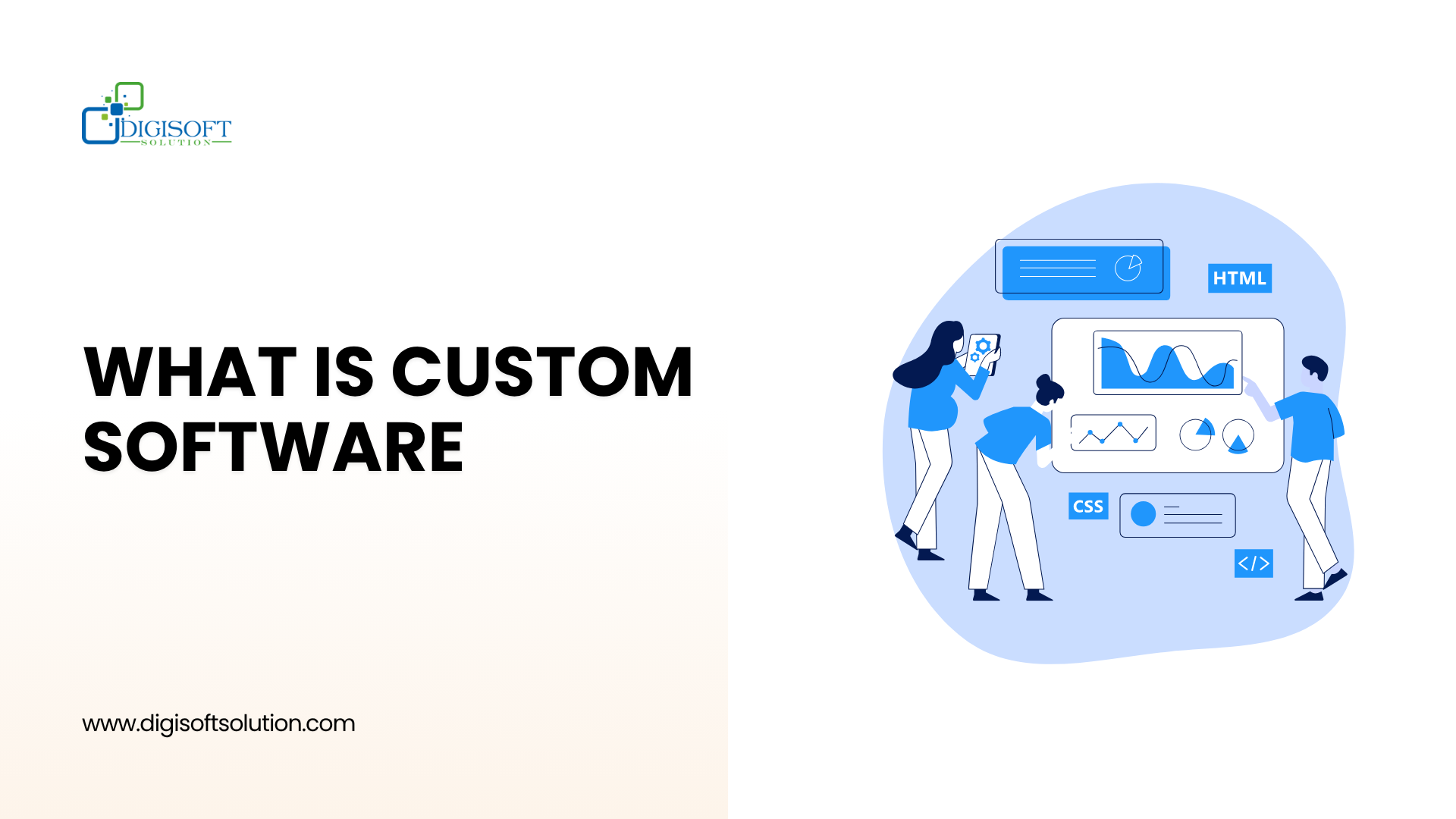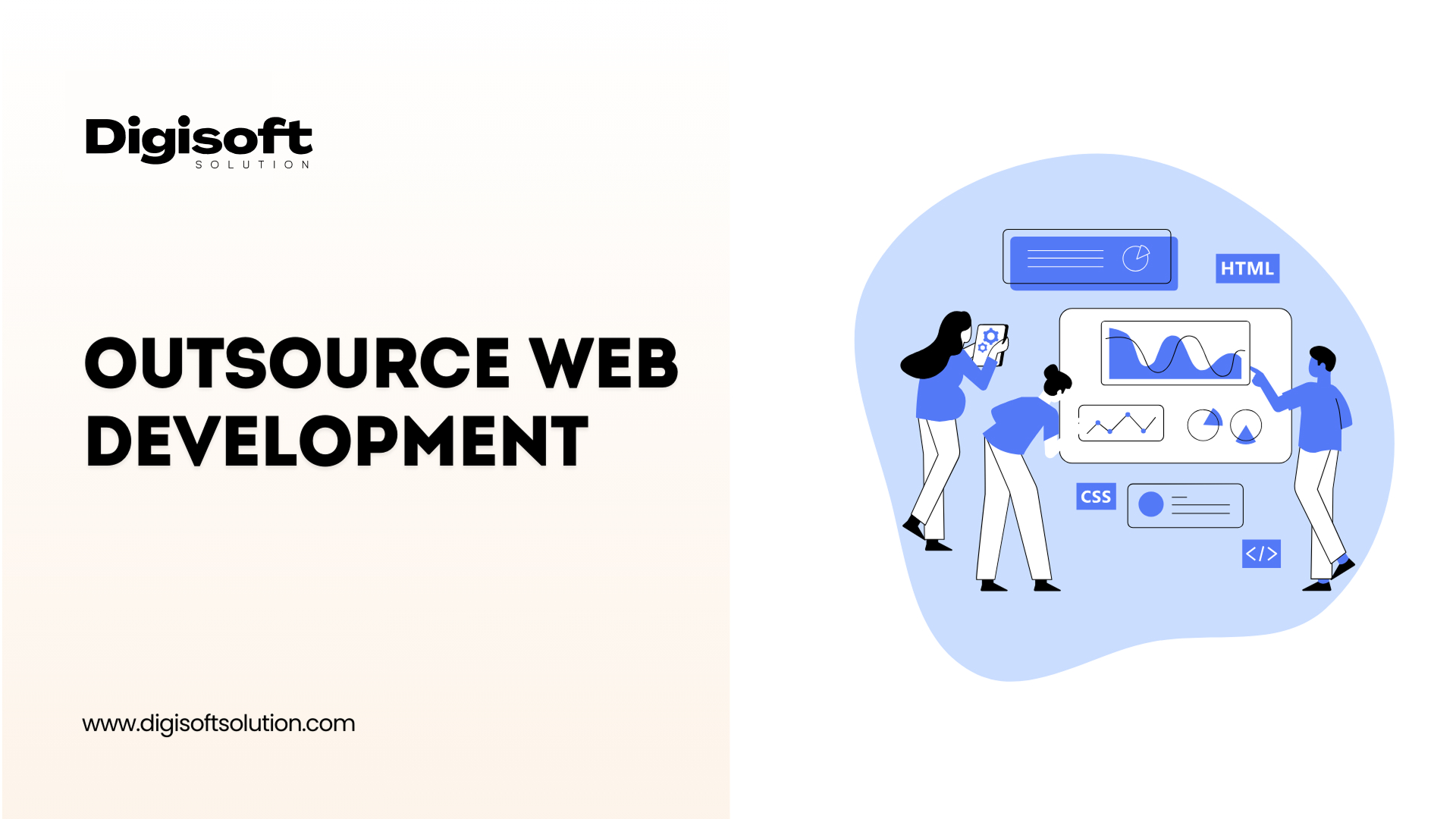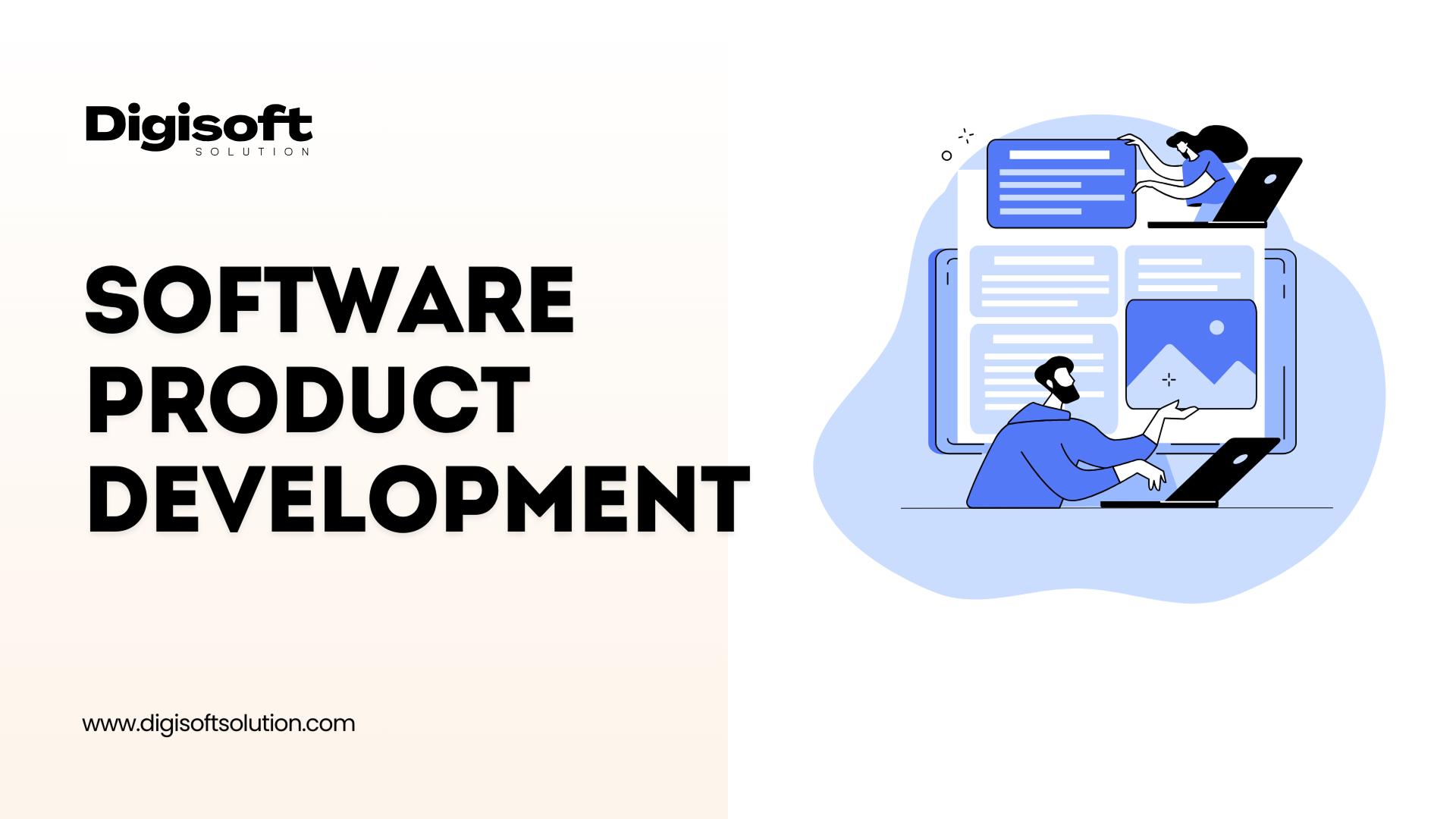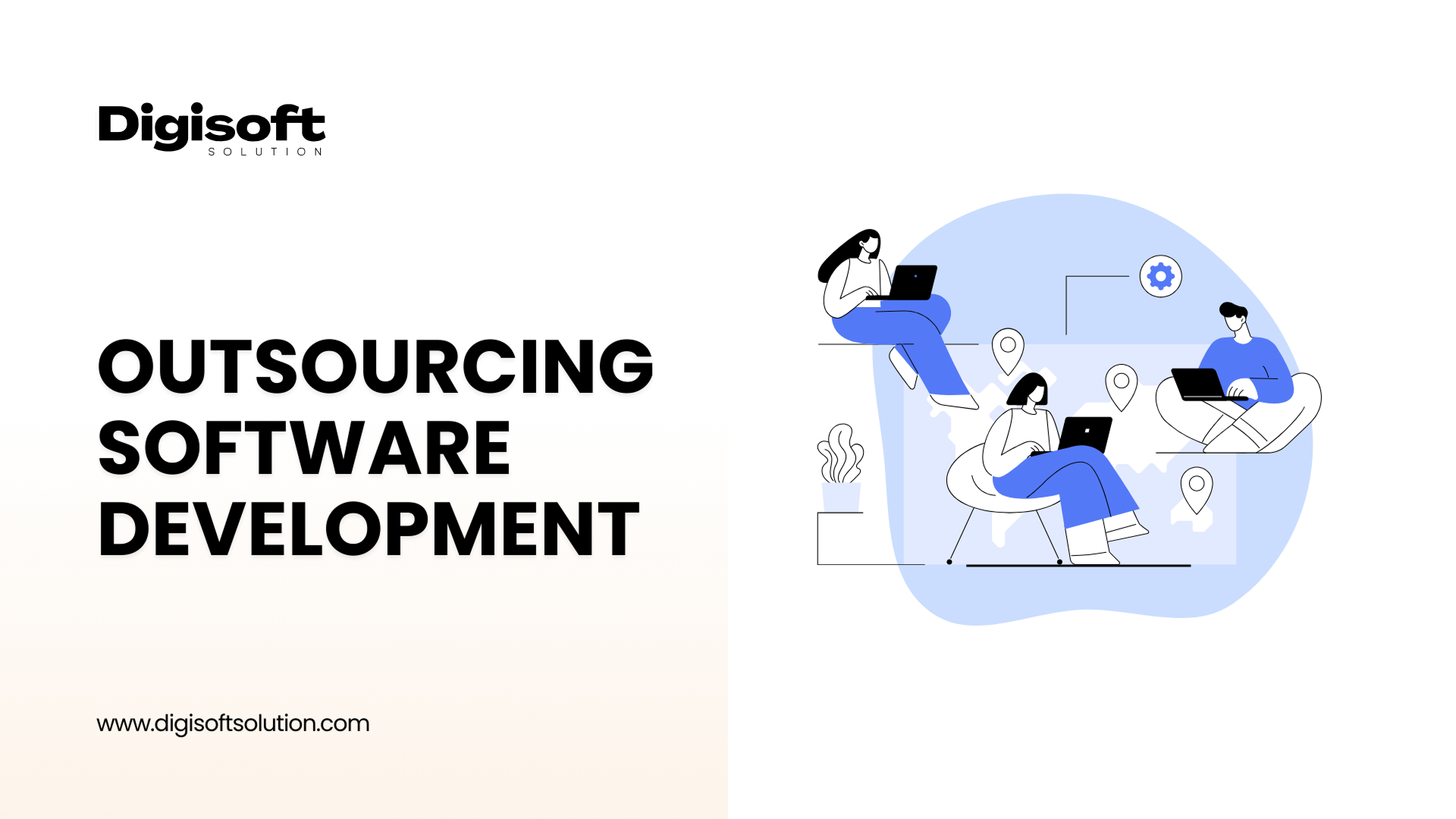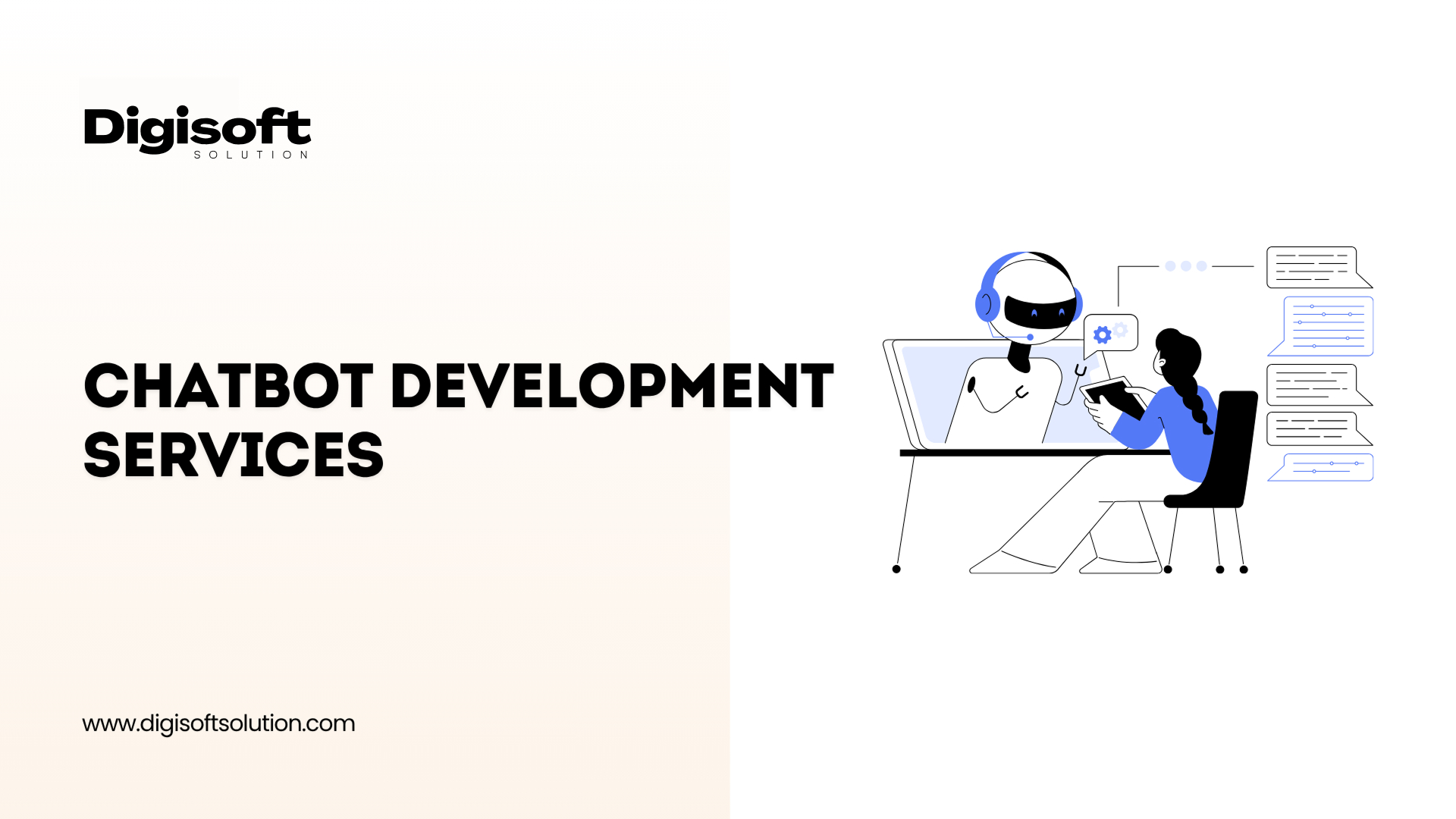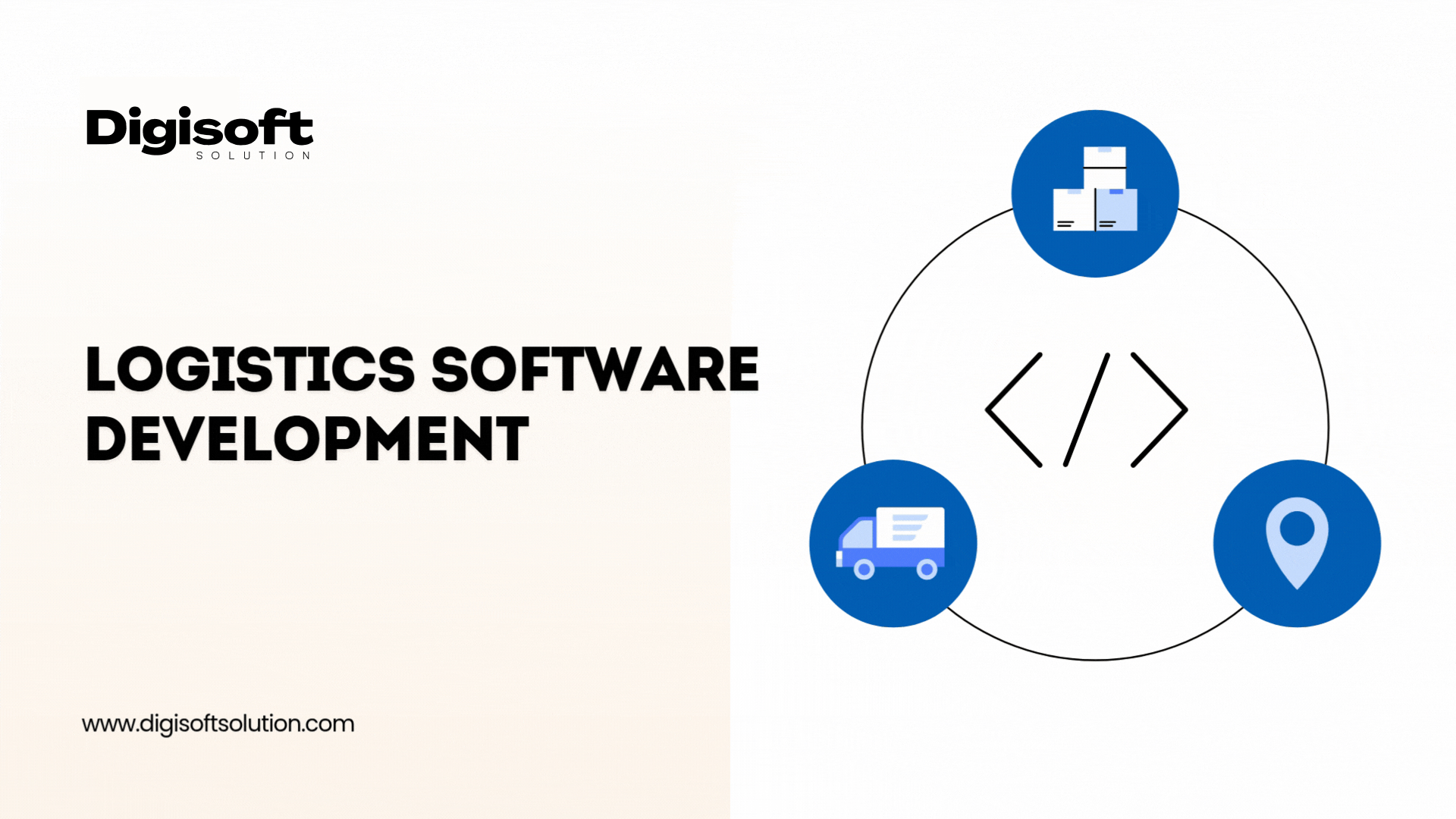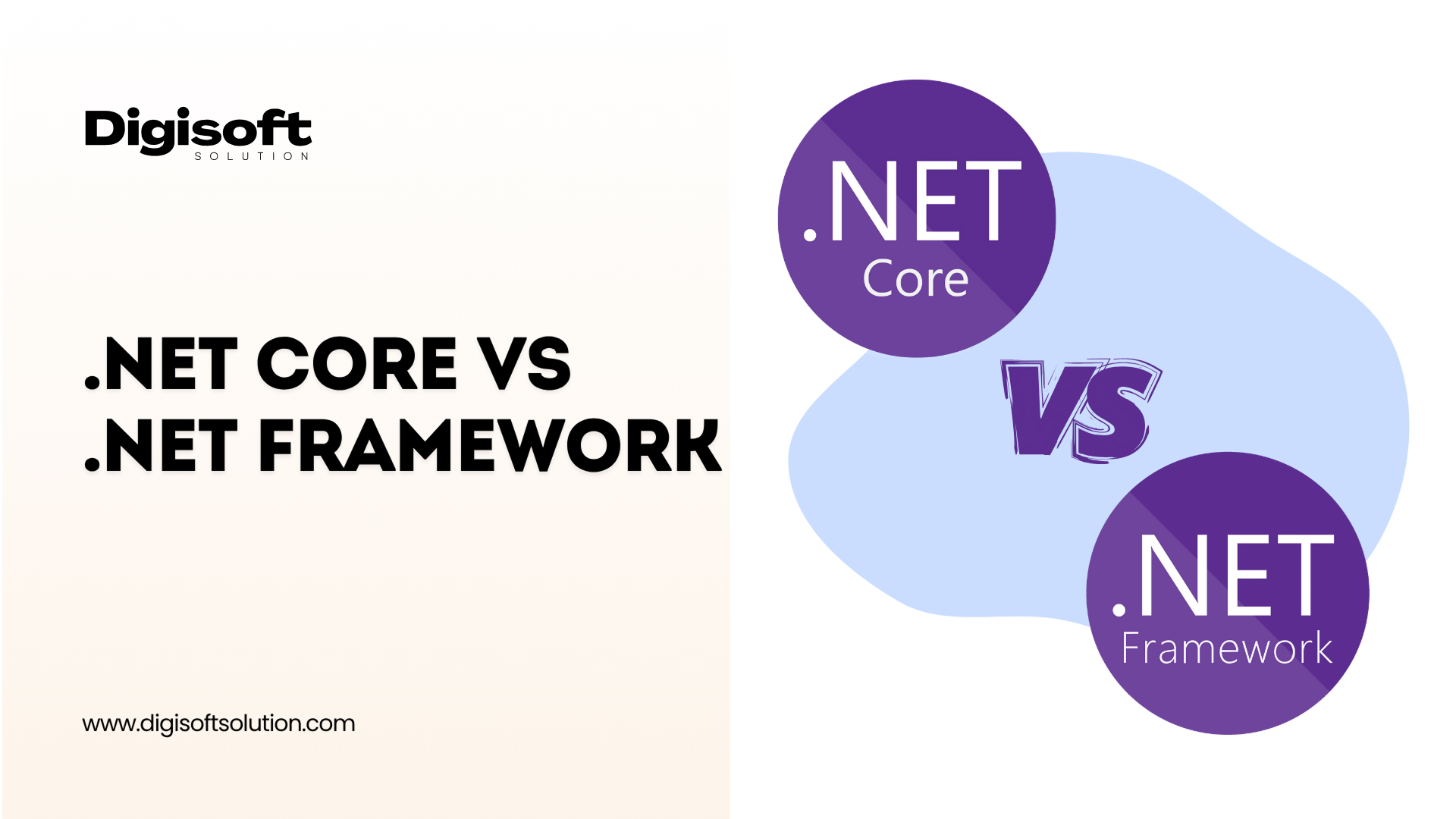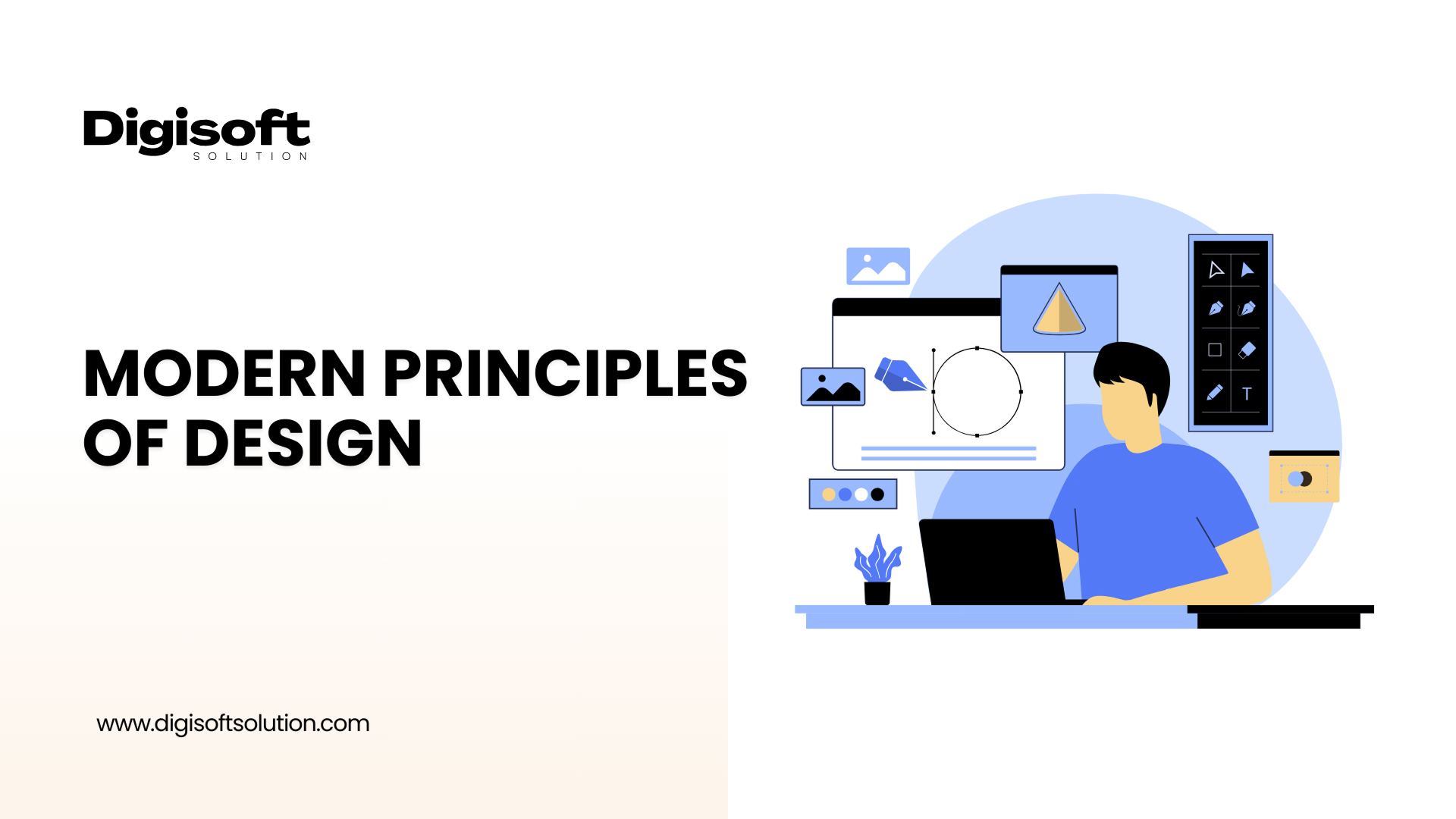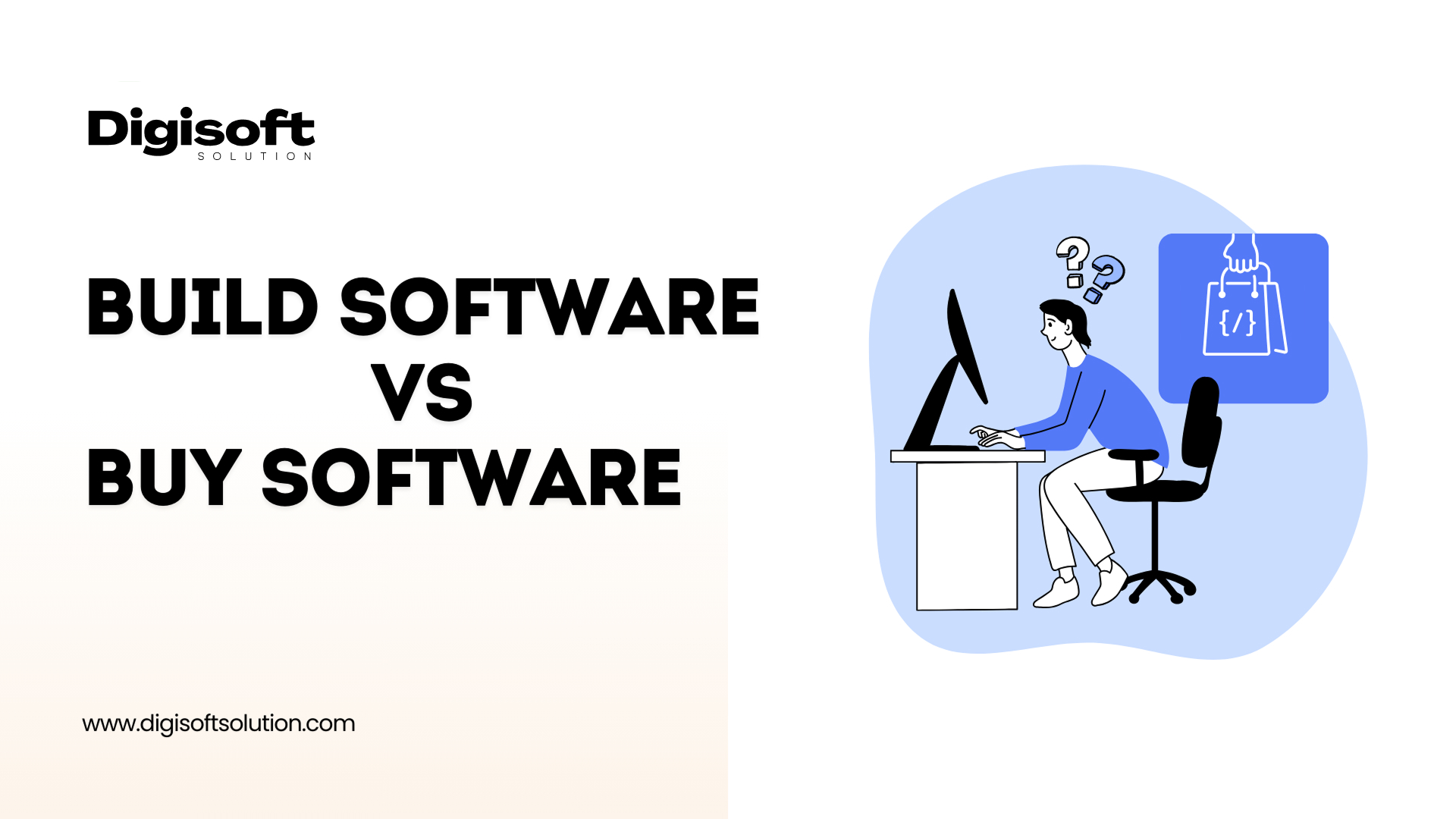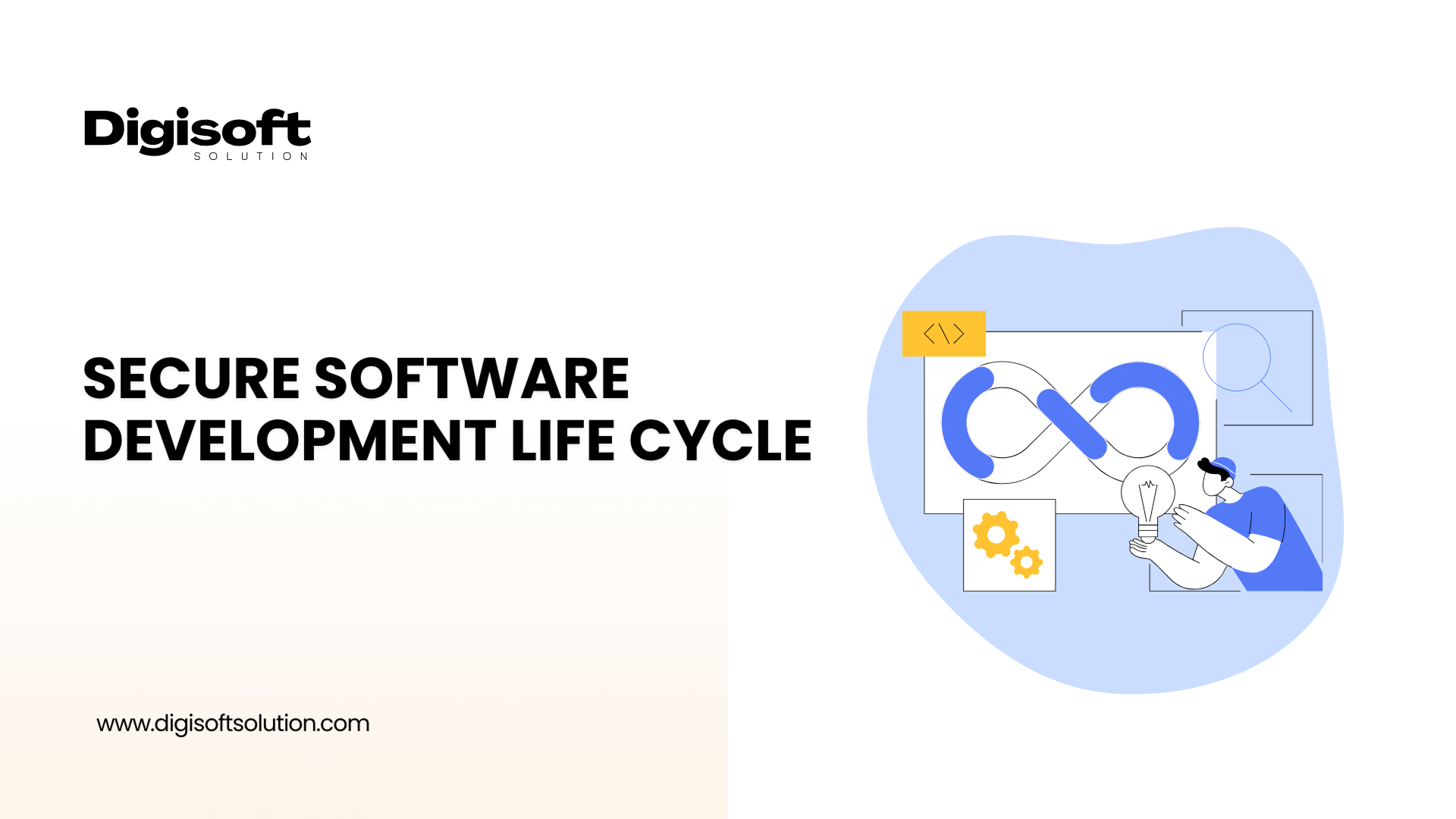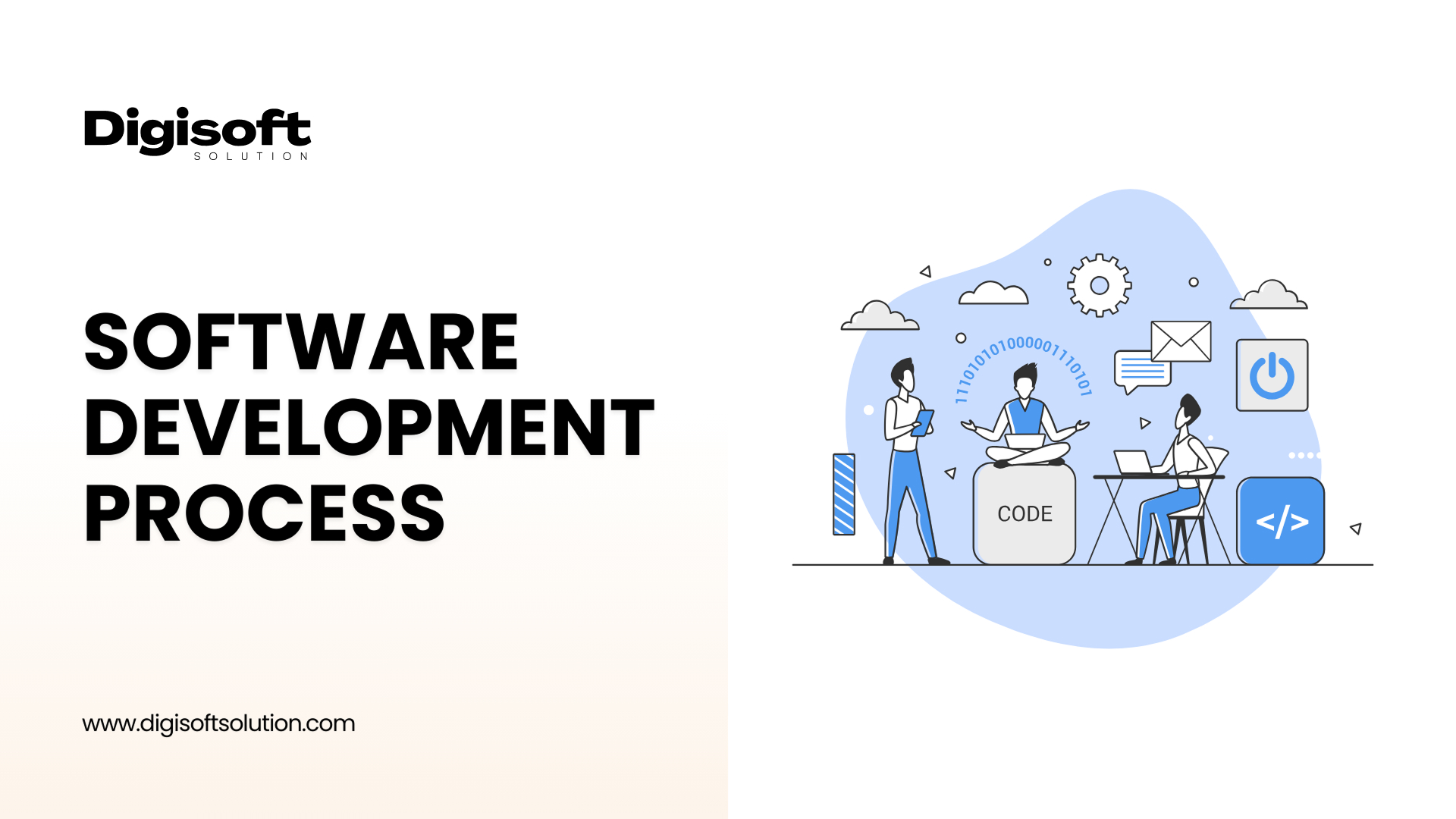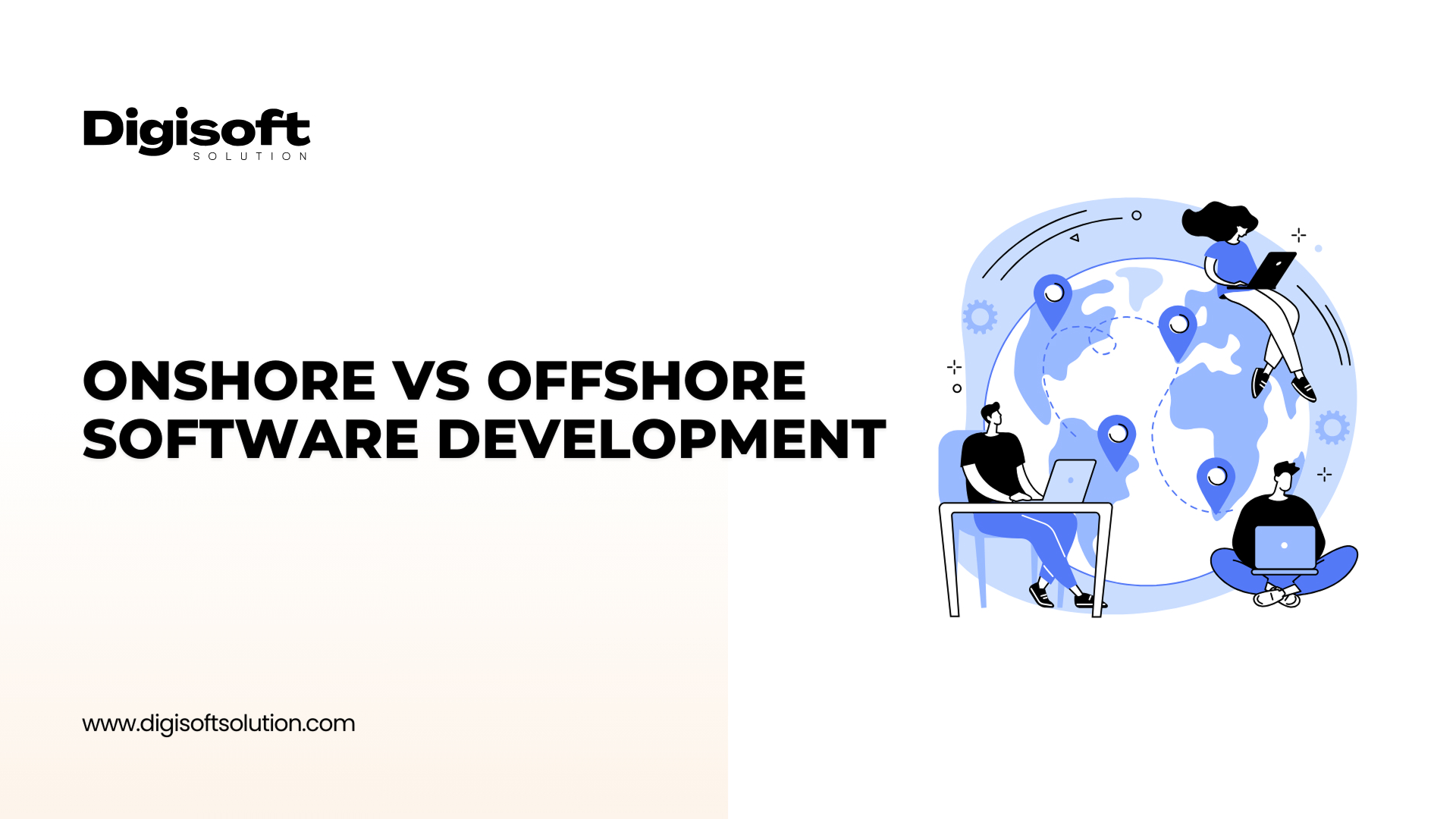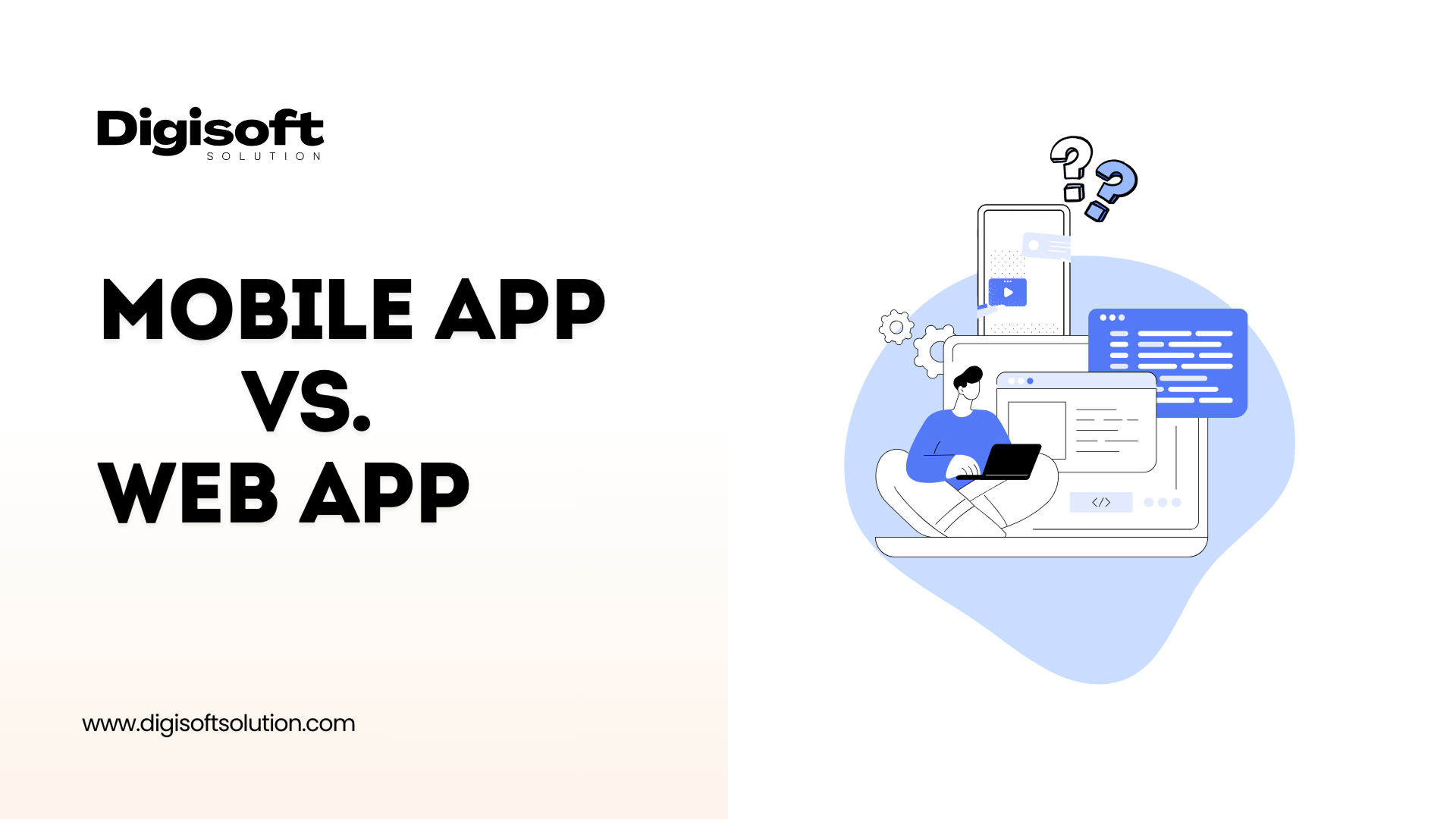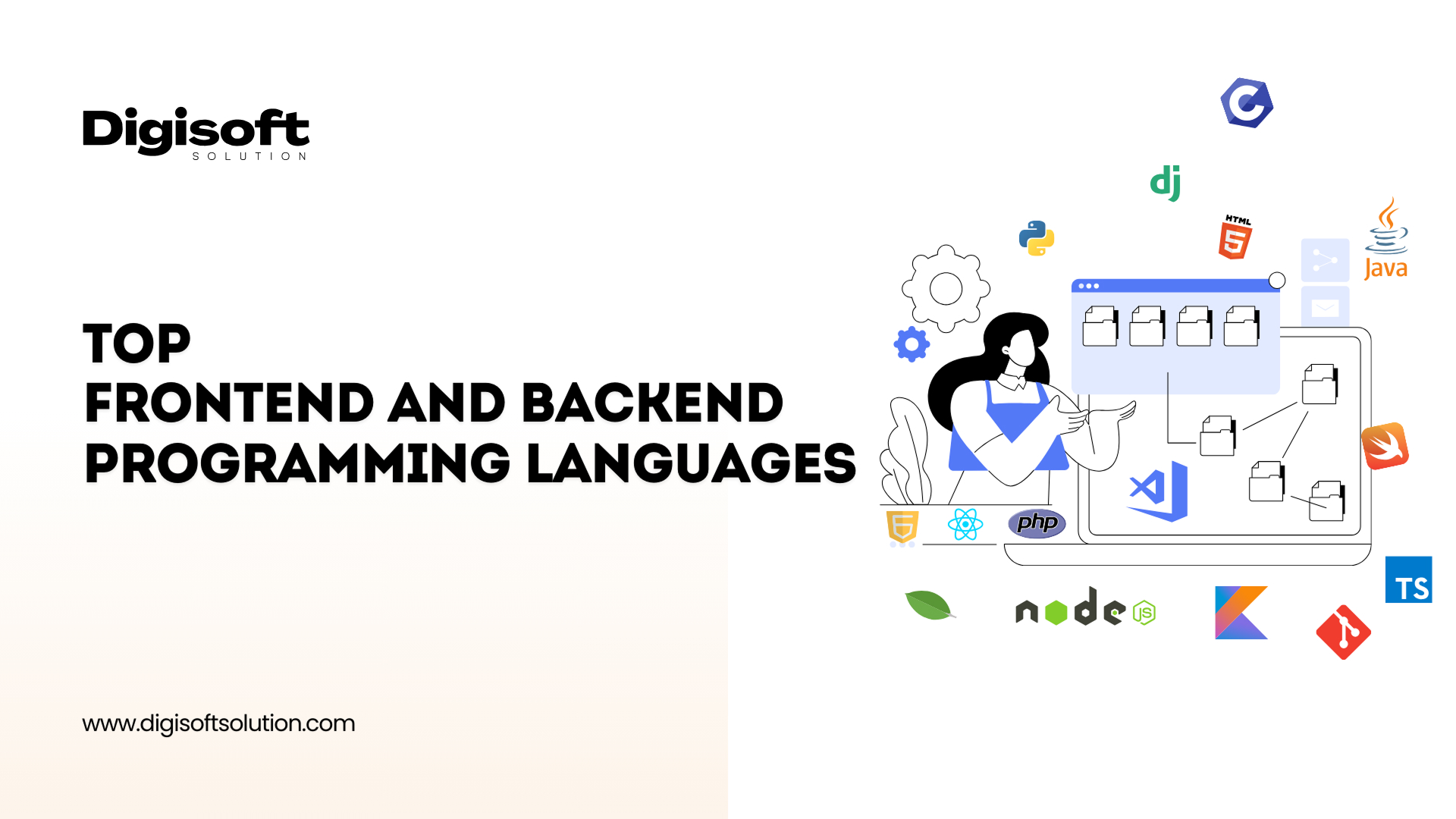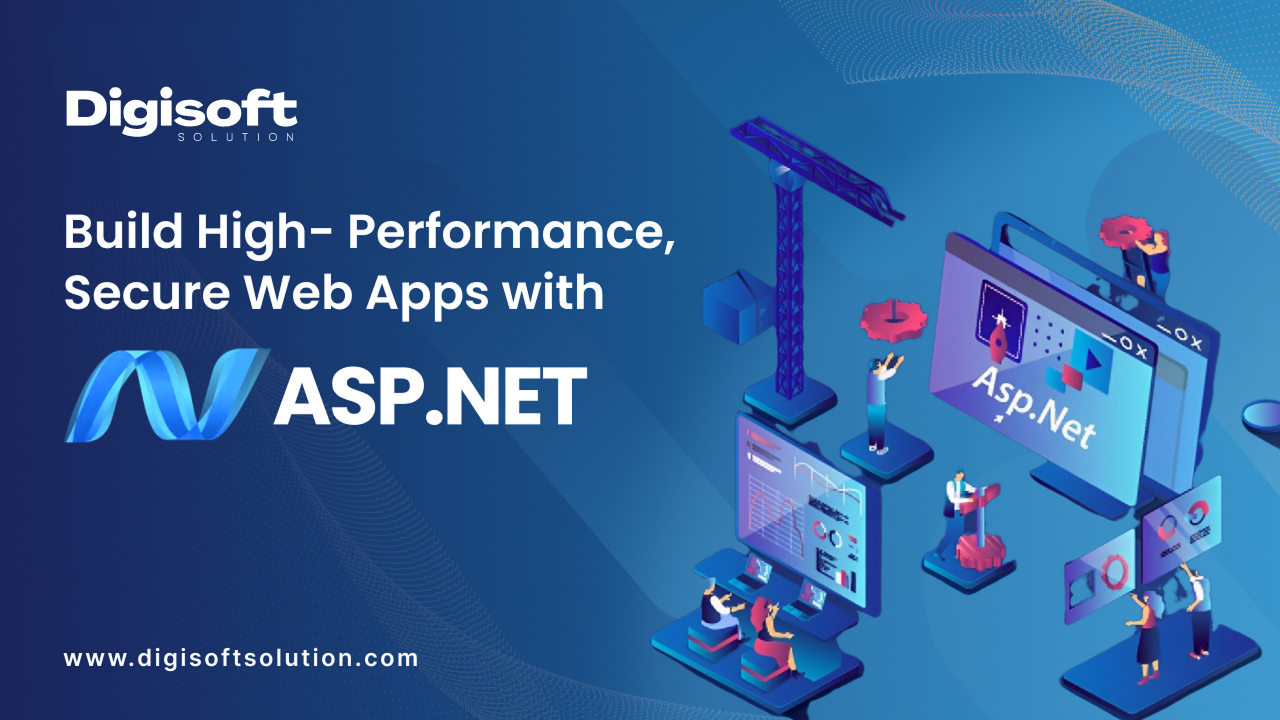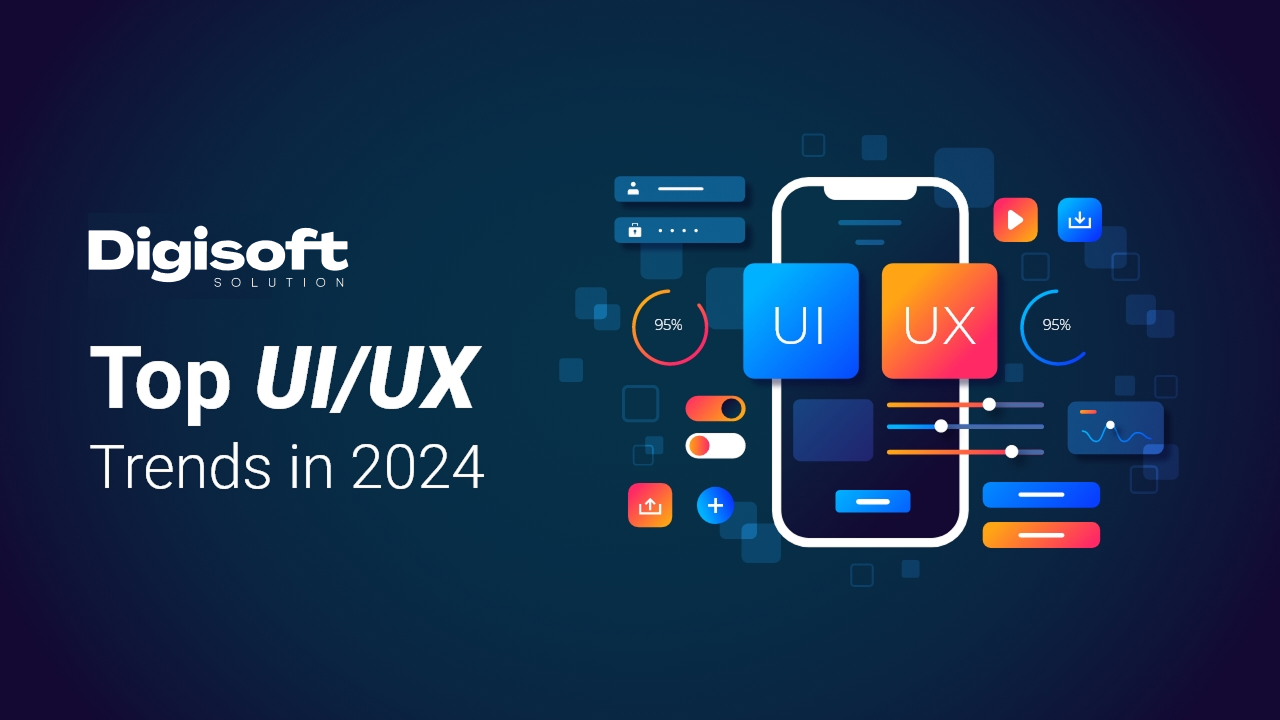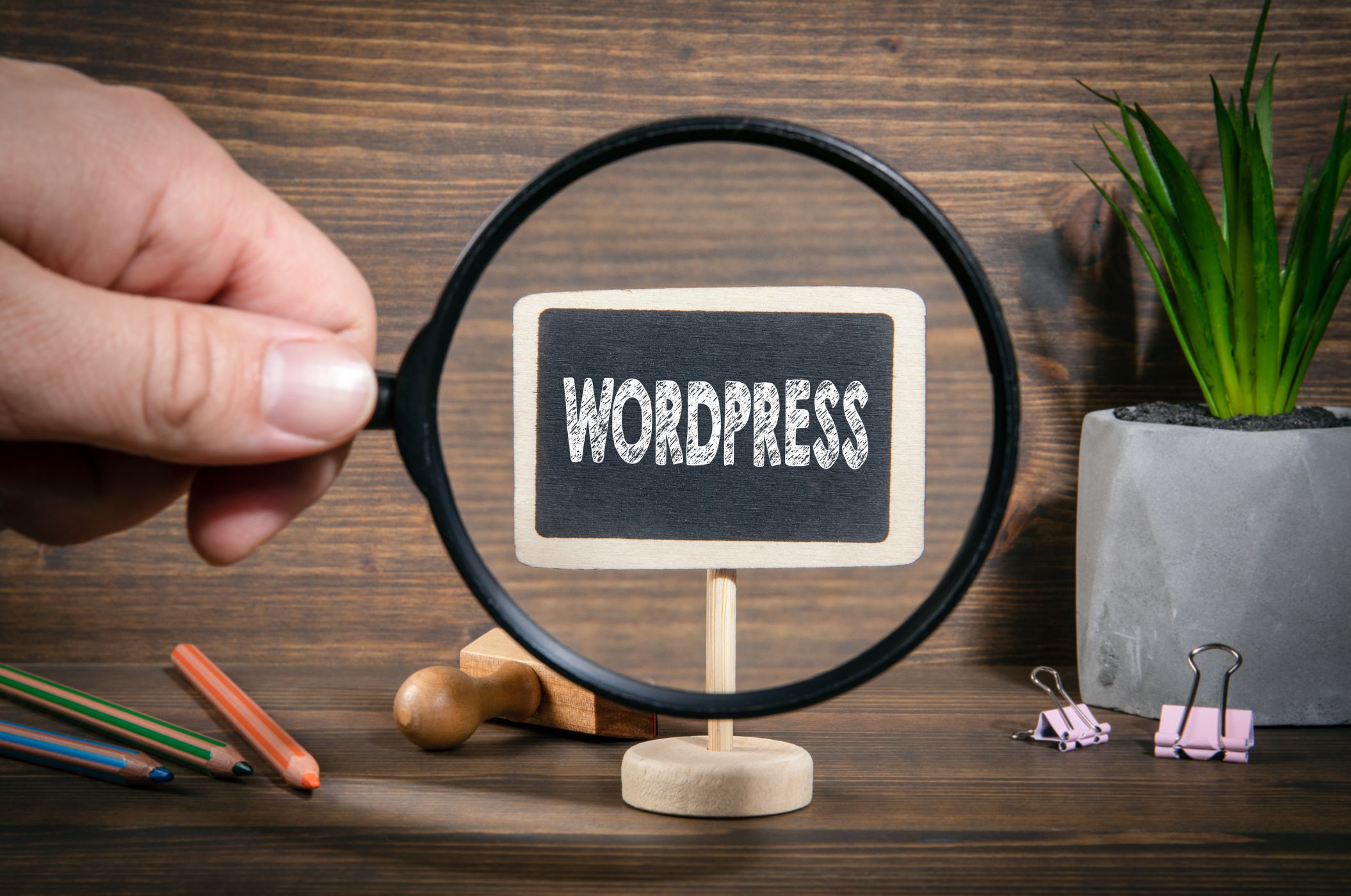Table of Content
- What Is Flutter
- Primary Benefits of Flutter
- What is Swift?
- Benefits of Using Swift
- Flutter vs Swift: A Deep Dive Comparison
- Flutter vs Swift: In-Depth Comparison
- 1. Performance
- 2. Development Speed
- 3. User Interface & Customization
- 4. Accessibility & App Size
- 5. Learning Curve and Onboarding
- 6. Cost & The capacity
- Flutter vs Swift Popularity
- In Conclusion, Which One Should You Pick?
- Ready to make your App idea into a reality?
Digital Transform with Us
Please feel free to share your thoughts and we can discuss it over a cup of coffee.
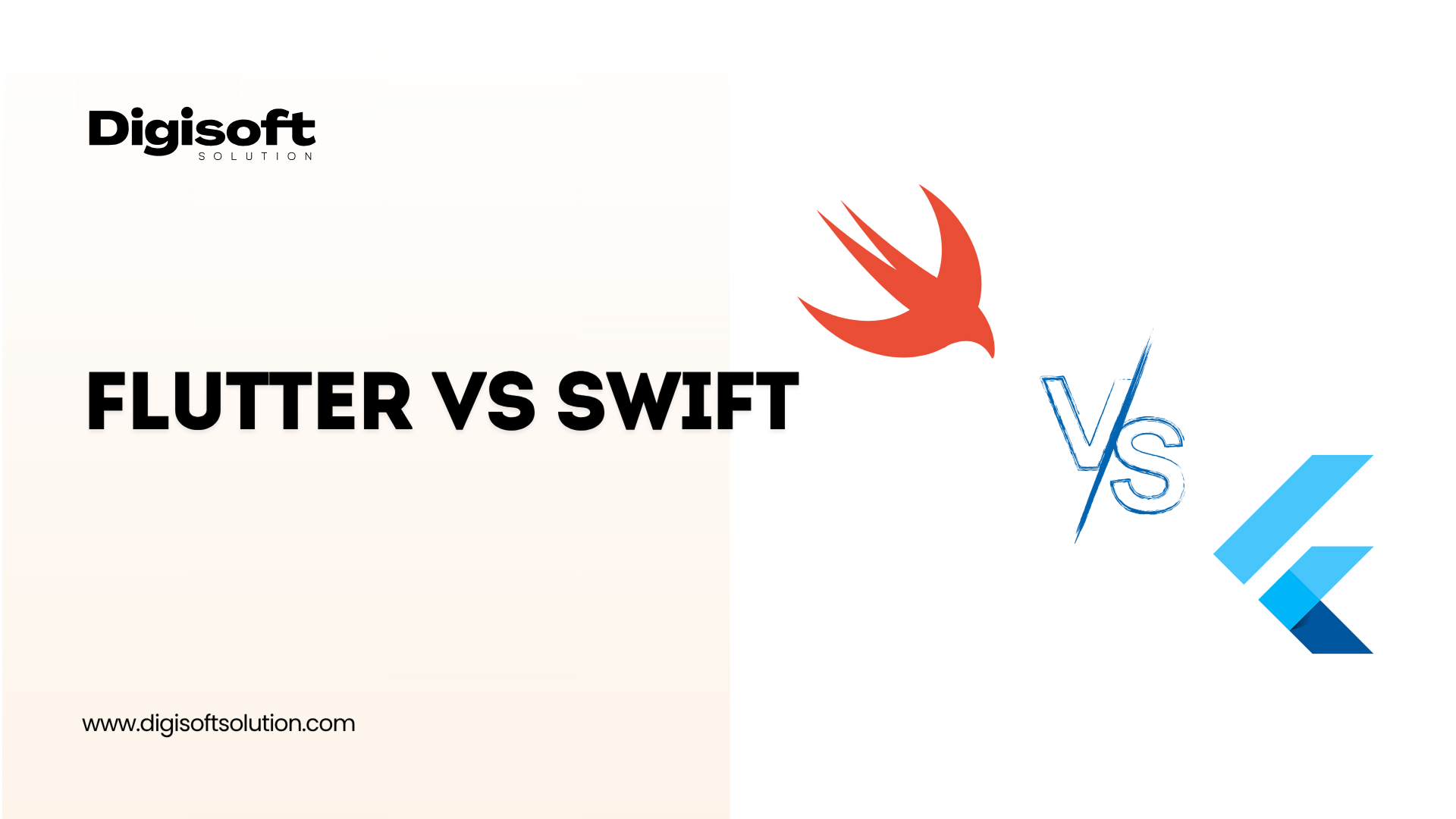
Having a fantastic app idea is only the beginning in today's mobile-first society. The technical decisions you make have significance if you're a startup looking to outperform the competition or a company hoping to develop a high-end iOS experience. They affect the performance and costs of your app, how flexible your app is, and how quickly you can deploy your app.
When it comes to developing an iOS app, the emergence of two primary choices, Flutter, from Google, gives you the opportunity to create both iOS and Android apps from the same code base, and Swift, from Apple, is a powerful programming language designed to develop high-performance apps in the Apple ecosystem.
Now that we've identified the stars of the show, both come with unique advantages, but which one is right for your project?
At Digisoft Solution, we build incredible mobile apps using both Flutter and Swift. In this guide, we will explore the differences between Flutter and Swift so you can make the best decision for your business.
What Is Flutter
Flutter is an open-source UI software development kit (SDK) formed by Google. It allows developers to produce applications natively compiled for mobile, web, and desktop (desktop apps are in a stable release stage in 2020), all from a single codebase. It is built on the Dart programming language and a rendering engine, Skia, which provides the performance necessary to deliver beautiful, high-performing applications with smooth animations and extremely customizable UIs.
Hot Reload is one of Flutter’s best features. It lets developers see changes in the app’s design instantly, without restarting the whole app. This saves time while fixing bugs and helps developers work faster and more efficiently. Flutter is widely popular with over 700,000 applications built using Flutter and having been adopted by multiple brands, including Google Pay, BMW, Alibaba, and Toyota.
Primary Benefits of Flutter
- One codebase for both iOS and Android
- Faster development due to Hot Reload
- Larger library of customizable widgets
- Lower costs and more scalability for startup companies.
What is Swift?
Swift is the official programming language for developing applications for iOS, macOS, watchOS, and tvOS, created by Apple. It has been around since 2014, and has since replaced Objective-C and been built more modern and syntax that is easier to read and interact with while maintaining its performance. It is a compiled development language, which has been further optimized for Apple's ecosystem, which allows users to integrate directly with hardware and different system APIs like Face ID, ARKit, and Metal.
In addition to its ease of use, Swift is very fast (up to 2.6x faster than Objective-C) as well as being very stable and very safe. Large companies like Uber, Airbnb, and LinkedIn have shifted to Swift for their main iOS apps, as well as Khan Academy.
Benefits of Using Swift
- Better native performance for iOS apps
- Ability to integrate deep into the Apple ecosystem
- Better type-safety and reduced runtime errors
- Best for heavy performance and very complex applications.
Flutter vs Swift: A Deep Dive Comparison
Let's take a look at how these two frameworks measure up against each other based on several criteria.
| Feature | Flutter | Swift |
| Platform Type | Cross-platform | Native iOS |
| Programming Language | Dart | Swift |
| Performance | Great for most apps; may lag in high-performance use cases | Exceptional performance; ideal for intensive iOS apps |
| Development Speed | Faster with Hot Reload; reusable codebase for iOS & Android | Slower for dual platforms; native iOS speed is fast |
| UI Customization | Flexible widgets for beautiful UI | Seamless iOS-native UI experience |
| Accessibility | Requires additional setup | Built-in support via UIKit |
| App Size | Generally larger due to Dart engine | Lightweight and optimized |
| Learning Curve | Easier for those familiar with JavaScript or Java | Slightly steeper; best suited for Apple ecosystem developers |
| Cost of Development | Cost-effective with one codebase | Higher cost due to separate development |
Flutter vs Swift: In-Depth Comparison
1. Performance
Swift, being native to iOS, has the ultimate performance. It integrates directly into Apple's APIs and can take advantage of heavy lifting with Metal for rendering and ARKit for augmented reality. Apps written in swift run ergonomically and feel much faster especially in high processing power situations or animations.
Flutter is fast too but, because of abstractions needed to read Flutter build widgets, there's an additional layer that uses its rendering engine that may restrict performance a little with CPU or GPU-intensive tasks. However, in most cases of standard applications, it gives smooth animations, with highly responsive user interfaces using Ahead-of-Time (AOT) compilation and fast garbage collection with Dart.
Verdict: Swift wins in performance-oriented applications, while Flutter is appropriate for general-purpose apps.
2. Development Speed
Flutter significantly impacts the web development speed. Flutter allows developers to build applications for both iOS and Android simultaneously because of its cross-development functionality. Hot Reload improves debugging time, and because it uses a set of widgets to construct the UI, the UI is quicker to build.
Swift is a native language which means it works only on iOS devices. It is easier to learn than Objective-C and has a clean and simple syntax for experienced developers. But since it only builds apps for iOS, you will need to create a separate app for Android. This ends up doubling the time and effort required.
Conclusion: Swift works well for designing apps for iOS alone, but it takes longer to develop apps for both platforms. Flutter is the fastest way to cross-develop.
3. User Interface & Customization
A large number of pre-made, adaptable widgets that adhere to iOS and Android design standards are included in Flutter. Developers may create pixel-perfect designs while continuing working on the program because of the declarative UI nature.
Swift, being built for iOS, has a fully native look and feel without a lot of effort. Swift works with Apple's Human Interface Guidelines by default so that it allows the level of design fidelity and user experience to happen at the highest level.
Results: Swift is better for native iOS UI. Flutter provides more versatility for customizing designs across platforms.
4. Accessibility & App Size
Swift offers built-in support for accessibility features, making it easier to build inclusive apps for disabled users. Flutter supports accessibility but often this support requires additional setup and testing/validation, using tools like XCode's Accessibility Inspector.
Regarding app size, Swift apps are typically lighter. Flutter apps tend to be heavier due to the Dart engine and rendering libraries that have to be bundled along with your app, but with recent updates and tree shaking, the impact has been reduced.
Verdict: Accessibility and app size make Swift the better choice.
5. Learning Curve and Onboarding
For beginners, Flutter is very effective especially for beginners who are already proficient in using object-oriented languages like Java or JavaScript. Flutter offers good documentation, sample apps, and a solid community so I believe onboarding new developers will be fairly seamless.
Swift is clean and modern to programmers, however it is and will be difficult for a developer who is not familiar with the Apple development environment. Any tools you use that are in the Apple ecosystem, such as Xcode, will greatly help you but navigating many of these tools will require more expertise.
Verdict: Flutter has a more natural learning curve. Swift may need more training and experience.
6. Cost & The capacity
If cost is a major factor, Flutter is the more cost-effective option. Flutter enables developers to build for iOS and Android with a single codebase, thus cutting down development time and cost by half. As a cost-effective solution, Flutter is ideal for MVPs and startups wanting to get to market quickly.
On the other hand, Swift has the value for building enterprise-grade iOS applications that prioritize performance. The strong argument for Swift is that although it's more expensive as it builds a platform-specific application, it is more economical in the long-run because it competes at a higher performance level with fast, responsive, and fluid design.
The Verdict: It's a good example of cost and scalability where Flutter is cost-friendly, while Swift is a better option for complex, ios-centric applications.
Flutter vs Swift Popularity
Oftentimes, popularity indicates community backing, preference by developers, and long term credibility.
Flutter’s Popularity: Flutter has popularity as one of the most loved cross-platform frameworks. Flutter is backed by Google, as well as brands that are using it like Google Pay, BMW, and Alibaba. According to the Stack Overflow Survey, 42% of developers preferred using Flutter for cross-platform applications. Also, note its rapid popularity growth on GitHub, with just over 149K stars at this point.
Swift’s Popularity: As Apple’s official language, Swift dominates the world of native iOS development. Popular applications like Uber, Airbnb, and LinkedIn rely on Swift. Swift remains in the top 10 programming languages, almost 10 years later. Swift has the benefit of a close integration with Apple and a mature ecosystem for development.
To summarize: Flutter is popular for rapid cross-platform development, while Swift dominates native IOS Apps.
In Conclusion, Which One Should You Pick?
There's no definitive answer to the question of Flutter vs Swift. The best option is dependent on the app goals, delivery timelines, and target audience:
Use Swift when building a high-performance, custom, and feature-rich iOS-specific app that must access and leverage the Apple ecosystem (AR, AI, Machine Learning).
Use Flutter when trying to deliver a solution that has a fast development lifecycle, has a broader target audience (iOS + Android), is cost-effective but does not sacrifice user experience.
At Digisoft Solution, we know that every business is unique. Whether you build your app from the ground up, or you are looking to improve your existing application, our experienced Flutter and Swift developers can assist you along the journey. We offer full life-cycle mobile application solutions, from ideation to design and software development to deployment and scaling, that meet your business objectives.
Ready to make your App idea into a reality?
Let's create a future-proof iOS or cross-platform app that matches your dreams and vision. Contact Digisoft Solution today to book your free consultation!
Digital Transform with Us
Please feel free to share your thoughts and we can discuss it over a cup of coffee.
 Parampreet
Parampreet


 Kapil Sharma
Kapil Sharma


